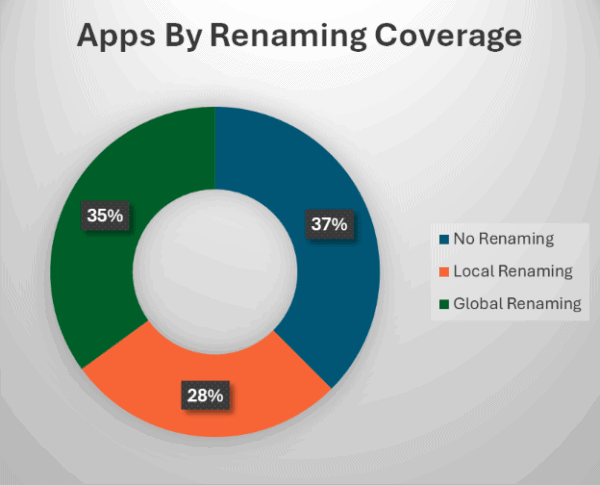
Author
Tadas Miceika, Engineering Director
Learn how Digital.ai protects mobile apps with advanced obfuscation and anti-tampering.
Explore
What's New In The World of Digital.ai
How Conflicting Security Directives Can Leave You Without Any Oxygen
If HAL-9000 Didn’t Read Lips, Dave Bowman Wouldn’t Have Had…
Why Your Security Stack is Like Baking Cookies at 10,000 Feet (And How to Stop Them From Falling Flat)
Last weekend, I spent three hours trying to bake the…
The Return to Bare Metal: Why We’re Done Pretending
For the better part of two decades, we’ve been sold…






